How to Rough Wire Homes More Efficiently
Part 1 of 3:
Developing Your Understanding of What You're Doing
-
 Put safety first. When it comes to better work ethics, safety comes first. A lot of people hurt themselves because of carelessness. However, all electricians know that just knowing how to pull wire in a home is mostly about speed and requires little or no thinking, so you would need to be more concerned about being 'hit' by a nail than an electrical shock. Just keep safety in your mind at all times, regardless of how fast you want to go.
Put safety first. When it comes to better work ethics, safety comes first. A lot of people hurt themselves because of carelessness. However, all electricians know that just knowing how to pull wire in a home is mostly about speed and requires little or no thinking, so you would need to be more concerned about being 'hit' by a nail than an electrical shock. Just keep safety in your mind at all times, regardless of how fast you want to go. -
 Focus on correctness and quality. Is the second most important thing to remember, because it's obvious that it actually wastes more time when something has to be fixed. Your best feeling and understanding is number one when it comes to efficiency. If you keep at it and do rough wiring enough times, speed will mostly just come on its own; how nice is that?
Focus on correctness and quality. Is the second most important thing to remember, because it's obvious that it actually wastes more time when something has to be fixed. Your best feeling and understanding is number one when it comes to efficiency. If you keep at it and do rough wiring enough times, speed will mostly just come on its own; how nice is that? -
 Work quickly but mostly, efficiently. When you hustle it sure will help you to finish more quickly, and make twice the amount that the one moving half your pace will. You must remember however, that there is only a limit to how fast our bodies can move and what they can do.
Work quickly but mostly, efficiently. When you hustle it sure will help you to finish more quickly, and make twice the amount that the one moving half your pace will. You must remember however, that there is only a limit to how fast our bodies can move and what they can do.- In the midst of bettering yourselves in this field, remember this old saying 'You can't cut down a tree with a dual axe; you must stop and sharpen it.'
Part 2 of 3:
Doing Your Homework
-
 Make a plan to reduce your steps. Wiring a house typically takes a lot of "travel" around the house, as you pull wire through for every switch and plug. This is one good way to become more efficient, but how many steps can you really reduce? This understanding can only come from considering your time, working out a rhythm, and doing your homework.
Make a plan to reduce your steps. Wiring a house typically takes a lot of "travel" around the house, as you pull wire through for every switch and plug. This is one good way to become more efficient, but how many steps can you really reduce? This understanding can only come from considering your time, working out a rhythm, and doing your homework. -
 Do your homework. Consider your biggest time sink: the wire pulling stages. All together it takes up to 2/3 of the work needed in wiring a home, and solving this problem comes down to how much wire you pull and staple at once. Most might think, 'But nobody is that good'; well that's where homework comes into use.
Do your homework. Consider your biggest time sink: the wire pulling stages. All together it takes up to 2/3 of the work needed in wiring a home, and solving this problem comes down to how much wire you pull and staple at once. Most might think, 'But nobody is that good'; well that's where homework comes into use.- Homework is very easy and it's not time wasted. Observe the home before you plan; a perfect day to do this would be after you just marked, boxed and drilled the first day. You can take notes as you go.
-
 Redraw the floor plan to reduce your "travel". More advanced pulling means more travel. If you're smart about your plan, you can draw it up with each wire to be run individually and then combine the runs traveling closest together into each one set of runs to be pulled and stapled together at a time.
Redraw the floor plan to reduce your "travel". More advanced pulling means more travel. If you're smart about your plan, you can draw it up with each wire to be run individually and then combine the runs traveling closest together into each one set of runs to be pulled and stapled together at a time.- You can even think about fewer trips up and down the stairs by including the drops and the "down and under" (around beams or high ceiling legs) you found during the earlier planning phase.
- You can even do your box fill calculations for what meets code and fits in boxes during homework time.
-
 Prepare all your notes and plans for the actual wiring. When you're done your homework and have it with you, ready for pulling them and checking off at the same time. Everybody pulls different, but a few steps in the process can prevent a lot of danger, time wasted, and mix ups.
Prepare all your notes and plans for the actual wiring. When you're done your homework and have it with you, ready for pulling them and checking off at the same time. Everybody pulls different, but a few steps in the process can prevent a lot of danger, time wasted, and mix ups.- Next day you'll go to work and just have to look at paper, pull plenty at a time easily, staple up more at once, resulting in plenty of time saved for the second floor, basement and first floor.
Part 3 of 3:
Pulling the Wires
-
 Organize your tasks for action. Knowing that there are all kinds of different tasks in wiring a home; perhaps 37, and every one of them is very easy to only do one at a time. When you know the tasks inside and out and can combined some of them together, though, 'you are all set' for a quick run through. These are the tasks you'll have to complete, and below are more steps for doing them efficiently:
Organize your tasks for action. Knowing that there are all kinds of different tasks in wiring a home; perhaps 37, and every one of them is very easy to only do one at a time. When you know the tasks inside and out and can combined some of them together, though, 'you are all set' for a quick run through. These are the tasks you'll have to complete, and below are more steps for doing them efficiently:- 1. Mark the second floor low boxes
- 2. Mark the second floor ceiling boxes
- 3. Mark the second floor home run locations
- 4. Mark the first floor low boxes
- 5. Mark the first floor ceiling boxes.
- 6. Mark the first floor home run locations
- 7. Mark the basement ceiling
- 8. Mark the basement low boxes (if it's a finish)
- 9. Lay out all of the recess cans and exhaust fans.
- 10. Box out the second floor low boxes
- 11. Box out the second floor ceiling.
- 12. Box out the first floor low boxes
- 13. Box out the first floor ceiling boxes
- 14. Box out the basement low boxes (if finished)
- 15. Box out the basement ceiling boxes
- 16. Second floor drill out
- 17(1). First floor low drill out
- 17(2). First floor ceiling drill out (not common but wiser to use a better drill and take homework notes)
- 18. Second floor home runs
- 19. Second floor long pulls (most do lesser at a time)
- 20. Short jumps (bedroom feeds and bathroom legs)
- 21. Cut in when everything is stabbed in the box (many do)
- 22. Nail plate the second floor
- 23(1). Pull the first floor home runs
- 23(2). Pull the basement home runs
- 24. First floor long pulls (lesser at a time)
- 25. Basement long pulls (lesser at a time)
- 26. First floor jumps
- 27. First floor jump arounds
- 28. Weatherproof jumps 29. Basement keyless
- 30. Cut in first floor
- 31. Brace 3 and 4 gang boxes
- 32. Nail plate the first floor
- 33. Basement jumps (if finished)
- 34. Cut in panel
- 35. High ceiling
- 36. Pan off
- 37. Clean up.
-
 Start your day by combining tasks 1 and 2. Saving half of the time needed on the second floor, mark out for both the high boxes and the low ones.
Start your day by combining tasks 1 and 2. Saving half of the time needed on the second floor, mark out for both the high boxes and the low ones. -
 Do your first non-combo (task easier to keep left alone). It's time to mark up the second floor home runs everywhere that they are supposed to go.
Do your first non-combo (task easier to keep left alone). It's time to mark up the second floor home runs everywhere that they are supposed to go. -
 Mark the first floor now. Combining 4 and 5 is the same way as marking the second floor, now it's more complex, so greater care and more looking over is needed.
Mark the first floor now. Combining 4 and 5 is the same way as marking the second floor, now it's more complex, so greater care and more looking over is needed. -
 Mark the first floor and basement home runs. The old number 6 means marking the first floor, but it's good to have a good understanding of what the basement home runs are like because they are all pulled in the same path as the first floors and could more than likely be of a different type of wire.
Mark the first floor and basement home runs. The old number 6 means marking the first floor, but it's good to have a good understanding of what the basement home runs are like because they are all pulled in the same path as the first floors and could more than likely be of a different type of wire. -
 Move on to marking the basement. Combines 7 and 8 (8 not always) but marking up everything that is needed in the basement and better to help with what's needed for the first floor too.
Move on to marking the basement. Combines 7 and 8 (8 not always) but marking up everything that is needed in the basement and better to help with what's needed for the first floor too. -
 Don't burden yourself by trying to carry to much at once. You should lay out all of the recess that is needed for 9 independently, especially if there are a lot of them, making the next task lesser to carry.
Don't burden yourself by trying to carry to much at once. You should lay out all of the recess that is needed for 9 independently, especially if there are a lot of them, making the next task lesser to carry. -
 Begin the task that's the first one that saves more than half the time. Combining 10, 11 and 31 for the entire box out of the second floor and brace the 3 and 4gangs as you go.
Begin the task that's the first one that saves more than half the time. Combining 10, 11 and 31 for the entire box out of the second floor and brace the 3 and 4gangs as you go. -
 Start another like the second floor. Bringing together 12, 13, and another part of 31 for the entire first floor box out and bracing.
Start another like the second floor. Bringing together 12, 13, and another part of 31 for the entire first floor box out and bracing. -
 Bring together 14 and 15. If it's a finished basement go ahead and box both the highs and lows, or just the ceilings if not.
Bring together 14 and 15. If it's a finished basement go ahead and box both the highs and lows, or just the ceilings if not. -
 Don't combine any task with 16. The second floor drill out doesn't have a lot to it; still it would be a good idea to think about any drops or down and under to be drilled right away.
Don't combine any task with 16. The second floor drill out doesn't have a lot to it; still it would be a good idea to think about any drops or down and under to be drilled right away. -
 Begin another thing that saves a lot of time. 17(1) and 17(2) in drilling the low holes on the first floor and carrying a ladder for drilling the ceiling holes needed. It's better to use a stronger and longer lasting drill for what may be more, but as you go, being aware of any down and under or drops that could be recorded(taking notes) to add to your homework. Dropping bobbers into each more complex hole( ½ hot, switches, and home runs) for identification as you are pulling the first floor from the basement.
Begin another thing that saves a lot of time. 17(1) and 17(2) in drilling the low holes on the first floor and carrying a ladder for drilling the ceiling holes needed. It's better to use a stronger and longer lasting drill for what may be more, but as you go, being aware of any down and under or drops that could be recorded(taking notes) to add to your homework. Dropping bobbers into each more complex hole( ½ hot, switches, and home runs) for identification as you are pulling the first floor from the basement. -
 Do number 18; this one is varied. Pulling the second floor home runs isn't really much for saving unless you just pull more at a time.
Do number 18; this one is varied. Pulling the second floor home runs isn't really much for saving unless you just pull more at a time. -
 Start number 19, but remember that homework has come into use. It would still vary depending on your understanding of it, but pull the second floor long shots.
Start number 19, but remember that homework has come into use. It would still vary depending on your understanding of it, but pull the second floor long shots. -
 Combine and do tasks 20 and 21. You have already done all of your pulls that require traveling, and you can now as you go throughout the second floor pull all the short stuff and cut in as you go. Be aware of everything you just pulled; trace it all down as you are doing your easiest tasks as you go and you'll be able to detect if anything was missed, mixed, or double fed.
Combine and do tasks 20 and 21. You have already done all of your pulls that require traveling, and you can now as you go throughout the second floor pull all the short stuff and cut in as you go. Be aware of everything you just pulled; trace it all down as you are doing your easiest tasks as you go and you'll be able to detect if anything was missed, mixed, or double fed. -
 Keep number 22 as a non combo. Many homes may have sprinkler pipe or need to be foam sprayed, now would be more than half the time saved if you carried cardboard and the spray foam as you go.
Keep number 22 as a non combo. Many homes may have sprinkler pipe or need to be foam sprayed, now would be more than half the time saved if you carried cardboard and the spray foam as you go. -
 Do the 23(1), 23(2) together and 28 with care. The home runs for the first floor and basement do go to different spots but flow in the same path as the weatherproof jumps, saving more than half the time here with carrying them all at the same time. Look over where they are all going first and be sure to have the home runs on your spinners and the weatherproof jumps separately unraveled.
Do the 23(1), 23(2) together and 28 with care. The home runs for the first floor and basement do go to different spots but flow in the same path as the weatherproof jumps, saving more than half the time here with carrying them all at the same time. Look over where they are all going first and be sure to have the home runs on your spinners and the weatherproof jumps separately unraveled. -
 Look through then combine 24, 25, 27, and 29 to finally easily save extra time. The first floor long shots, basement long shots, first floor jump around, and basement keyless are ready. Homework is needed here even more useful then the second floor long shot phase, because now pulling the more complex and plentiful runs you can just look at your homework, pull, and say, "I'm done," still keeping the keyless on separate real.
Look through then combine 24, 25, 27, and 29 to finally easily save extra time. The first floor long shots, basement long shots, first floor jump around, and basement keyless are ready. Homework is needed here even more useful then the second floor long shot phase, because now pulling the more complex and plentiful runs you can just look at your homework, pull, and say, "I'm done," still keeping the keyless on separate real. -
 Bring 26 and 33 together. The basement and first floor jumps that was too short of a run to include in your homework can now be easily jumped, meanwhile cut in basement as you go.
Bring 26 and 33 together. The basement and first floor jumps that was too short of a run to include in your homework can now be easily jumped, meanwhile cut in basement as you go. -
 Multiply 30, 32, and 36. 'Button up' the first now that the basement is 100% and cut it in(now it's even more complex than the second floor so do remember all you pulled and trace it down), nail plate as you go as well as pan off.
Multiply 30, 32, and 36. 'Button up' the first now that the basement is 100% and cut it in(now it's even more complex than the second floor so do remember all you pulled and trace it down), nail plate as you go as well as pan off. -
 Get ready for the non combo number 35. Isn't a lot of time saved easily, but a High Ceiling can have all kinds of time saved to it too.
Get ready for the non combo number 35. Isn't a lot of time saved easily, but a High Ceiling can have all kinds of time saved to it too. -
 Cut in the panel for your number 34 task. Being aware of nothing missed and even thinking of refreshments as well.
Cut in the panel for your number 34 task. Being aware of nothing missed and even thinking of refreshments as well. -
 Clean-up now for completion to 37. It's easy enough to just put all things in the garage or outside and sweep up all the debris as throughout the entire house.
Clean-up now for completion to 37. It's easy enough to just put all things in the garage or outside and sweep up all the debris as throughout the entire house.
5 ★ | 2 Vote
You should read it
- Download Killing Floor 2 Full [38.4 GB - Tested 100%]
- What industrial floor scrubber should be purchased to clean the factory, company office?
- The Dell Mini 9 explodes the floor
- How to use the FLOOR function in Google Sheets
- 5 Reasons to use foam mats for babies
- How to Transfer VHS Tapes to DVD or Other Digital Formats
- Solution, block Rubik 6 cube face
- Top reputable and reliable Bitcoin trading floor
May be interested
- How to Use Voltage Testers
 use voltage testers to confirm that you have shut off electricity to a receptacle or fixture when you are doing any kind of electrical work. different models will help you to accomplish different kinds of jobs. a two-wire volt tester...
use voltage testers to confirm that you have shut off electricity to a receptacle or fixture when you are doing any kind of electrical work. different models will help you to accomplish different kinds of jobs. a two-wire volt tester... - How to Wire a Light Sensor
 a light sensor is a great solution if someone in your household tends to leave certain lights on or if you want to illuminate a dark area without fumbling for a light switch or leaving the light on all the time. this is easily achieved by...
a light sensor is a great solution if someone in your household tends to leave certain lights on or if you want to illuminate a dark area without fumbling for a light switch or leaving the light on all the time. this is easily achieved by... - How to Splice Wire
 splicing is the process of combining 2 lengths of wires so they can carry a current. before you splice your wires together, you need to prepare the wires by stripping them and turning off the power. there are many ways to splice wires...
splicing is the process of combining 2 lengths of wires so they can carry a current. before you splice your wires together, you need to prepare the wires by stripping them and turning off the power. there are many ways to splice wires... - How to Wire a Double Switch
 a double-switch allows you to operate two lights or appliances from the same location. double switches, sometimes called 'double pole,' allow you to separately control the power being sent to multiple places from the same switch. for...
a double-switch allows you to operate two lights or appliances from the same location. double switches, sometimes called 'double pole,' allow you to separately control the power being sent to multiple places from the same switch. for... - How to Wire a Contactor
 many large pieces of equipment require a high voltage current to operate. the standard current in a home is only 120 volts ac, so electricians use a contactor to increase the current. to use one, plug in the wires from your home's nearest...
many large pieces of equipment require a high voltage current to operate. the standard current in a home is only 120 volts ac, so electricians use a contactor to increase the current. to use one, plug in the wires from your home's nearest... - How to Wire a Telephone
 this wikihow teaches you how to wire a landline telephone from your home's phone box (also known as a network interface device) to your home's telephone jack. while most phone companies will perform this task for you, it is often cheaper...
this wikihow teaches you how to wire a landline telephone from your home's phone box (also known as a network interface device) to your home's telephone jack. while most phone companies will perform this task for you, it is often cheaper... - Drug-resistant bacteria greatly affect people living in nursing homes
 a new study shows that 27% of nursing home residents are tested positive for gram-negative bacteria, also known as mdr-gnr (multidrug-resistant tb bacteria).
a new study shows that 27% of nursing home residents are tested positive for gram-negative bacteria, also known as mdr-gnr (multidrug-resistant tb bacteria). - Wire climbing robot repairs high voltage lines
 the video recorded a scene of a robot climbing high-voltage wires at a height of tens of meters using smart hands to repair power transmission lines in china made many people surprised.
the video recorded a scene of a robot climbing high-voltage wires at a height of tens of meters using smart hands to repair power transmission lines in china made many people surprised. - What is a krait? Why do kraits often crawl into houses?
 kraits are known to be highly neurotoxic and often enter homes. so why do kraits often enter homes? let's find out together!
kraits are known to be highly neurotoxic and often enter homes. so why do kraits often enter homes? let's find out together! - 3 steps of fast, standard network wiring
 pressing the standard network cable to connect the computer, modem will be presented in this very detailed and precise 3-step network wiring step.
pressing the standard network cable to connect the computer, modem will be presented in this very detailed and precise 3-step network wiring step.
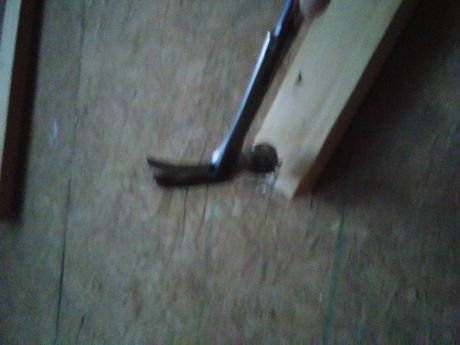
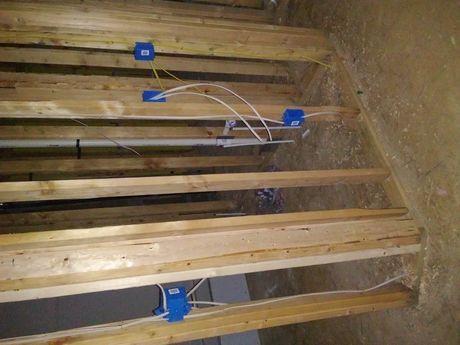
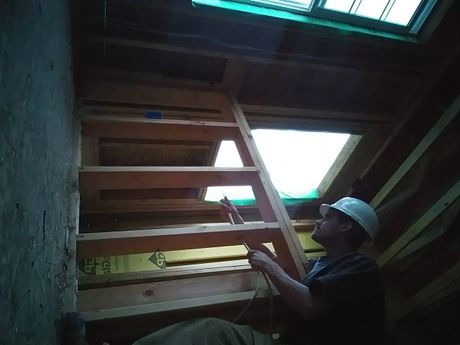
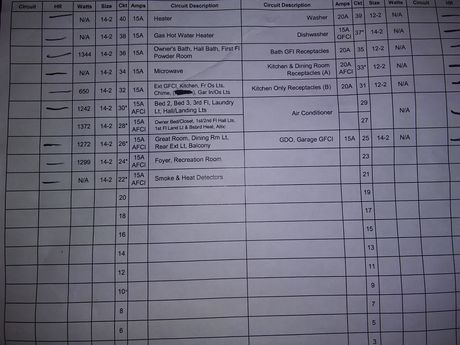
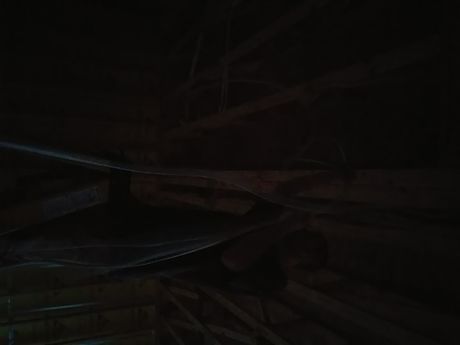

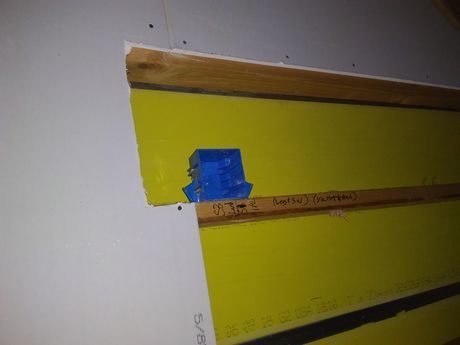
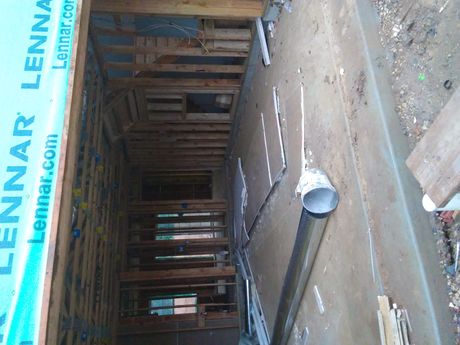
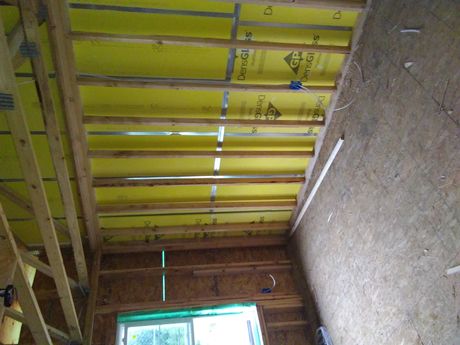

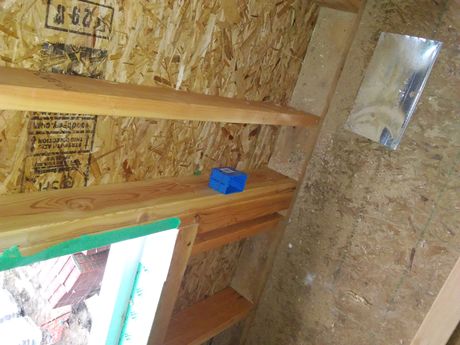
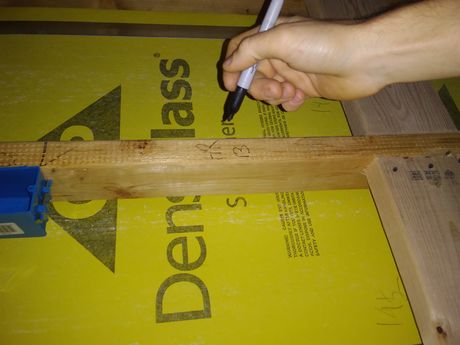
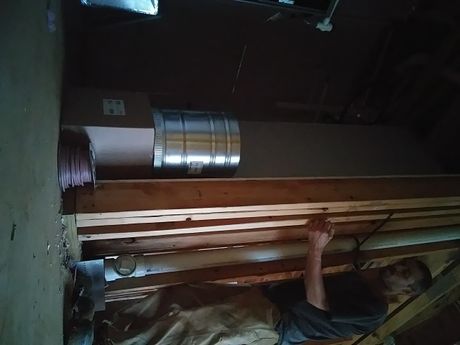
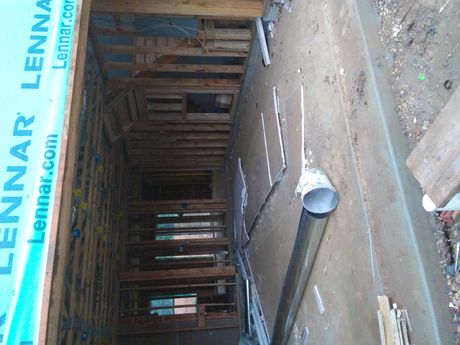
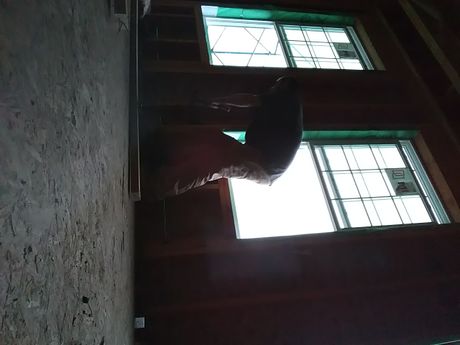
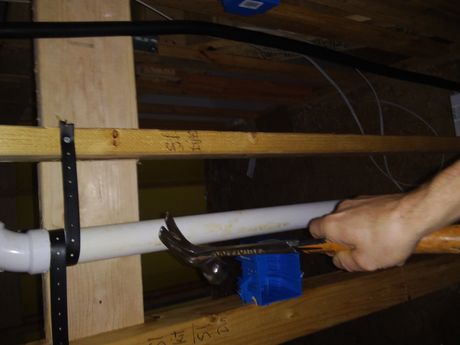
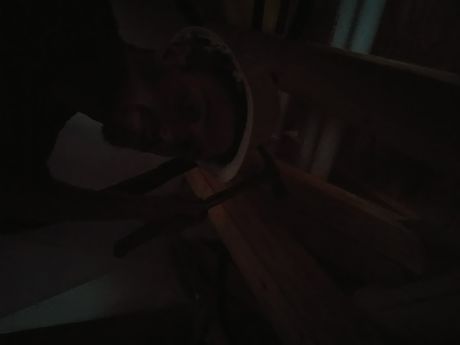
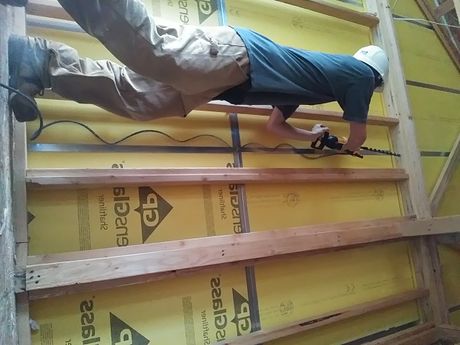
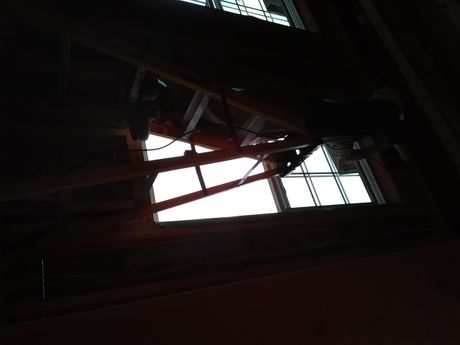
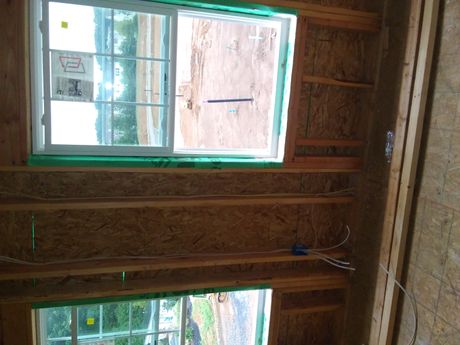
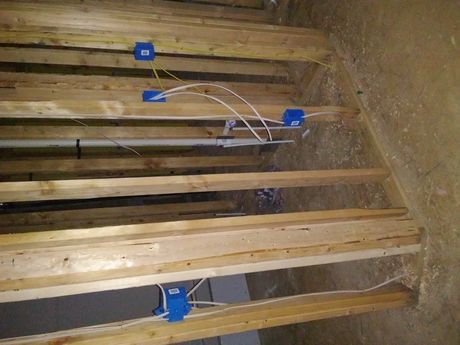

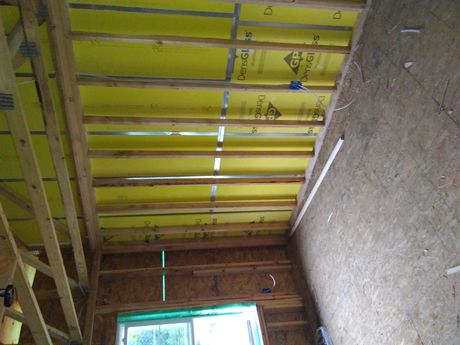
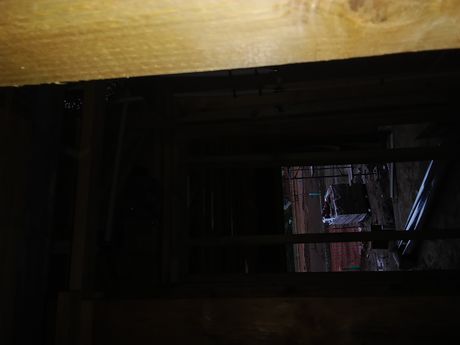
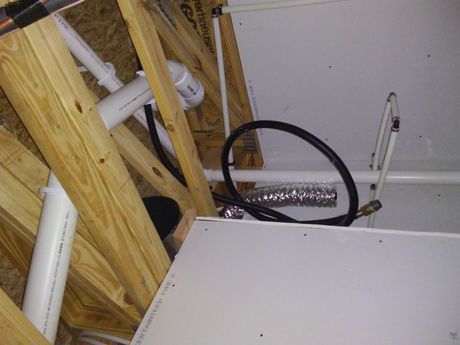
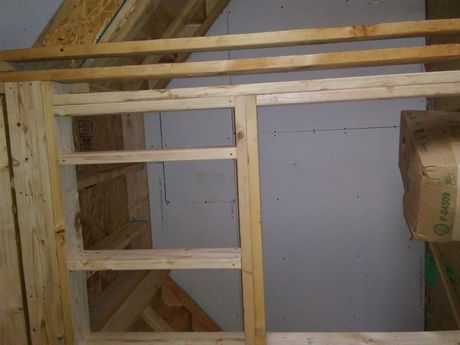
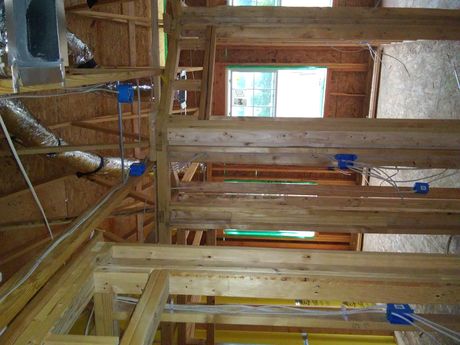
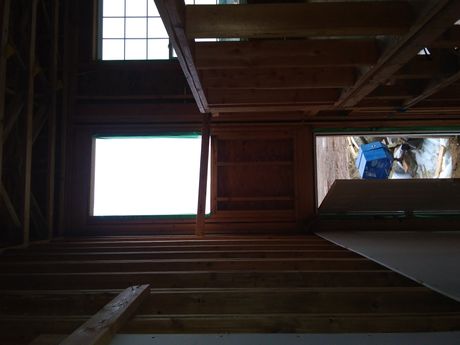

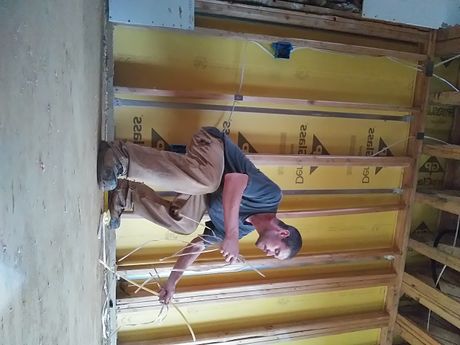










 How to Make an RJ‐45 Cable
How to Make an RJ‐45 Cable How to Straighten a Plastic Tube Cable Holder
How to Straighten a Plastic Tube Cable Holder How to Buy HDMI Cables
How to Buy HDMI Cables How to Hide a TV Cable
How to Hide a TV Cable How to Replace a DC Jack in a Laptop
How to Replace a DC Jack in a Laptop How to Crimp a Wire
How to Crimp a Wire